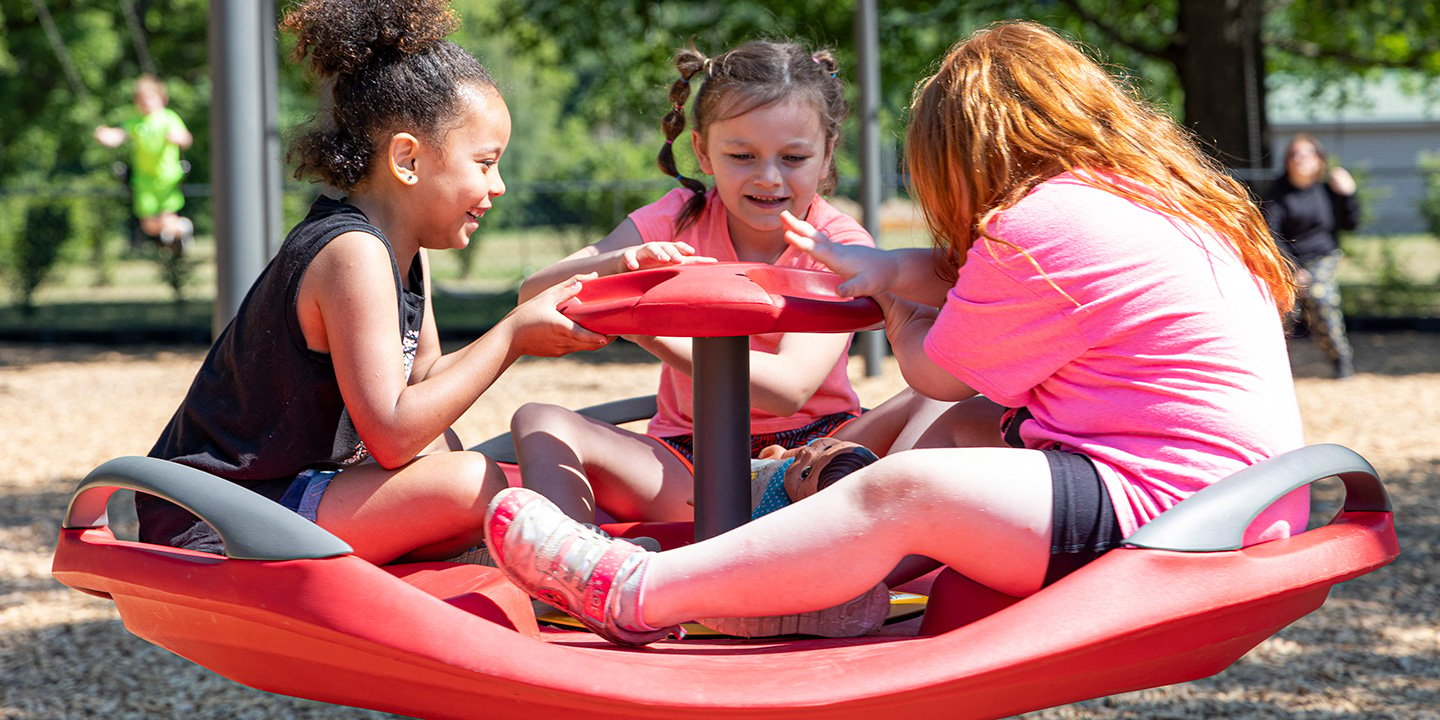Moving Community Forward on Inclusivity

Playgrounds are evolving to meet greater needs
Thanks to the work of inclusive-play advocates and greater use of inclusive design practices, playgrounds are evolving to better meet the needs of the greater disabled community. In 2024, we are evolving to the social model of disability, which emphasizes that individuals do not require “fixing”—they are not the problem. Instead, it’s the built environment that needs to be adapted and changed.
Inclusion goes so much further than simply adding a ramped structure. Inclusive design has begun to explore how to integrate diverse sensory experiences for children with autism and sensory disabilities. This includes activities like swinging, spinning and motion play that engage the vestibular sense or proprioceptive activities such as climbing, which activates muscles and joints. Inclusive design provides something for everyone to find their just-right fit, to keep them engaged and comfortable at play for as long as possible.